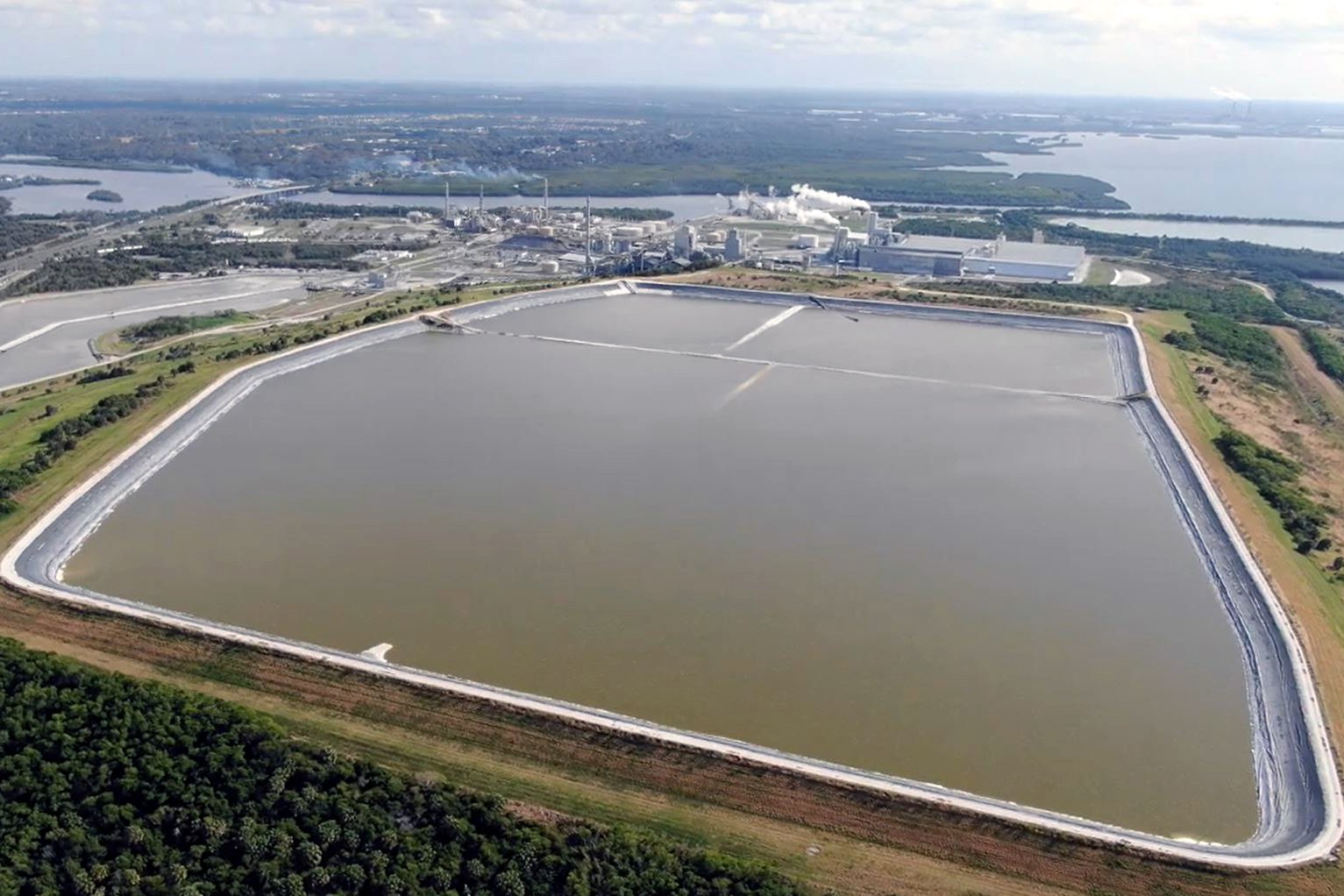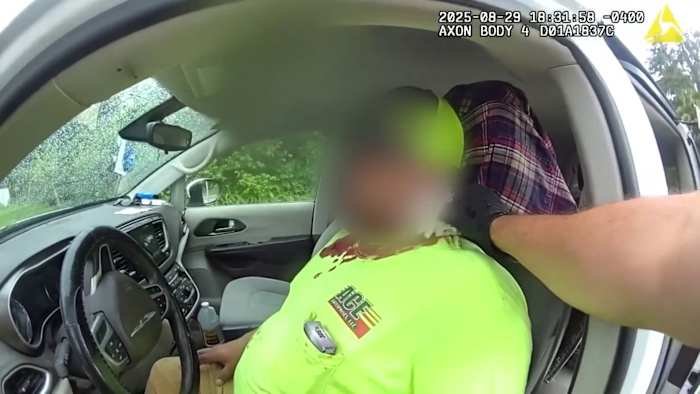Now Reading: Plan to Build a Road With Radioactive Waste in Florida Prompts Legal Challenge Against the EPA
-
01
Plan to Build a Road With Radioactive Waste in Florida Prompts Legal Challenge Against the EPA

Plan to Build a Road With Radioactive Waste in Florida Prompts Legal Challenge Against the EPA
ORLANDO, Fla.—The U.S. Environmental Protection Agency faces a legal challenge after approving a controversial plan to include radioactive waste in a road project late last year.
The Center for Biological Diversity filed the challenge Wednesday in the 11th U.S. Circuit Court of Appeals under the Clean Air Act. The advocacy group says the federal agency has prohibited the use of phosphogypsum, a radioactive, carcinogenic and toxic waste generated by the fertilizer industry, in road construction since 1992, citing an “unacceptable level of risk to public health.”
The legal challenge is centered on a road project proposed at the New Wales facility of Mosaic Fertilizer, a subsidiary of The Mosaic Company, some 40 miles east of Tampa. The EPA approved the project in December 2024, noting the authorization applied only to the single project and included conditions meant to ensure the project would remain within the scope of the application. But Ragan Whitlock, Florida staff attorney at the Center for Biological Diversity, feared the project could lead to more roadways built with the toxic waste.
“Part of what makes this process so alarming, it’s not just a one-off science experiment,” he said. “It’s being billed as the intermediate step between laboratory testing and full-scale implementation of the idea. So our concern is that whatever methodology is used for this project will be used for national approval down the road.”
Phosphogypsum contains radium, which as it decays forms radon gas. Both radium and radon are radioactive and can cause cancer. Normally, phosphogypsum is disposed of in engineered piles called stacks to limit public exposure to emissions of radon. The stacks can be expanded as they reach capacity or closed, which involves draining and capping. More than 1 billion tons of the waste is stored in stacks in Florida, with the fertilizer industry adding some 40 million tons every year, according to the Center for Biological Diversity.
Mosaic aims to construct a test road near its Florida stack with four sections, each made with varying mixtures of phosphogypsum. The waste would be used in the road base, which would be paved over with asphalt. University of Florida researchers would be involved in the study.
Most of the comments the EPA received in response to the proposal opposed the use of phosphogypsum in road construction in general and criticized the current methods for managing the waste, but the federal agency said these comments were outside the scope of its review. The agency declined to comment on pending litigation.
“The review found that Mosaic’s risk assessment is technically acceptable, and that the potential radiological risks from the proposed project meet the regulatory requirements,” the EPA stated in the Federal Register dated Dec. 23, 2024. “The project is at least as protective of public health as maintaining the phosphogypsum in a stack.”
Mosaic has faced scrutiny in the past after a pond at its Piney Point site leaked and threatened to collapse in 2021, forcing the release of 215 million gallons of contaminated water into Tampa Bay. Mosaic did not respond to a request for comment on the new litigation.
About This Story
Perhaps you noticed: This story, like all the news we publish, is free to read. That’s because Inside Climate News is a 501c3 nonprofit organization. We do not charge a subscription fee, lock our news behind a paywall, or clutter our website with ads. We make our news on climate and the environment freely available to you and anyone who wants it.
That’s not all. We also share our news for free with scores of other media organizations around the country. Many of them can’t afford to do environmental journalism of their own. We’ve built bureaus from coast to coast to report local stories, collaborate with local newsrooms and co-publish articles so that this vital work is shared as widely as possible.
Two of us launched ICN in 2007. Six years later we earned a Pulitzer Prize for National Reporting, and now we run the oldest and largest dedicated climate newsroom in the nation. We tell the story in all its complexity. We hold polluters accountable. We expose environmental injustice. We debunk misinformation. We scrutinize solutions and inspire action.
Donations from readers like you fund every aspect of what we do. If you don’t already, will you support our ongoing work, our reporting on the biggest crisis facing our planet, and help us reach even more readers in more places?
Please take a moment to make a tax-deductible donation. Every one of them makes a difference.
Thank you,












